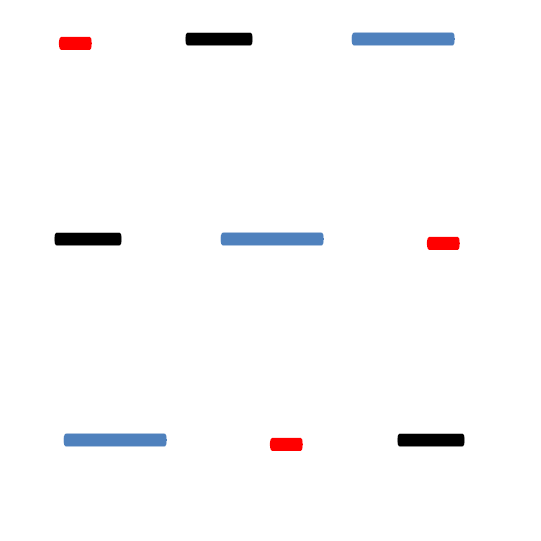Dashes and Hyphens – They’re Different, You Know?
 In writing, dashes and hyphens look very similar. They are just some short horizontal lines, right? However, they are made for different purposes. Mixing them up is a bad writing practice and yet so many people make this mistake unknowingly every time.
In writing, dashes and hyphens look very similar. They are just some short horizontal lines, right? However, they are made for different purposes. Mixing them up is a bad writing practice and yet so many people make this mistake unknowingly every time.
Dashes and Hyphens – What’s The Difference?
Now that we know they are not one and the same, it’s time to learn how to use them correctly.
Hyphens
A hyphen (-) is a punctuation mark. We use it to join words or parts of words to show that they have a combined meaning.
You often see hyphens on compound words such as self-employed, sphere-like, post-war, etc. That’s what a hyphen is for, to connect.
Here are some more examples:
- Mary went on a seven-day cruise
In this sentence, it’s clear that Mary didn’t go on seven different cruises that took place during the day. She took one cruise that lasted seven days.
- Don’t go inside that run-down building!
We know for sure that the building in question is not running nor it is going down.
You can also use the hyphen to change the meaning of a word. Examples:
- Matt says I need to re-cover my fig trees since the polar vortex is coming.
I already covered my fig trees under thick layers of tarps but Matt thinks it’s not enough and so the tells me to add some more.
- Matt says I need to recover my fig trees since the polar vortex is coming.
Matt thinks any kind of insulation is useless with -50 degrees wind chill and so he tells me to dig up the trees and bring them inside my garage where it’s warmer.
Also be sure to add a hyphen when you’re writing any of these:
- Compound numbers from 21 to 99: twenty-one, fifty-five, ninety-eight.
- Fractions: one-fourth, two-thirds, three-eighth.
- Combined titles: writer-producer, singer-drummer.
Dashes
There two kinds of dashes: the em dash (—)and the en dash (–). Use the em dash to make an emotional break between the parts in the sentence. Examples:
- It’s freezing in Minnesota — everything’s frozen.
- The interior — especially the stones surrounding the faux fireplace —sold it for me.
- Link — not Zelda —is the name of the hero in green.
The en dash is used to describe a range like these:
- The store opens 9 a.m. – 5 p.m.
- Harry Potter fans should memorize book 1 – 7.
- Children of 7 – 12 years old are entitled to a discount.
- Our product ranges between $150 – $379.
Be sure not to precede the range with the word “from” when you already use the en dash. This one example here is wrong:
- The store opens from 9 a.m. – 5 p.m.
Conclusion
Now that you know the difference between dashes and hyphens, be sure not to get them mixed up. It really adds to your credibility when you know the difference of the little things.
